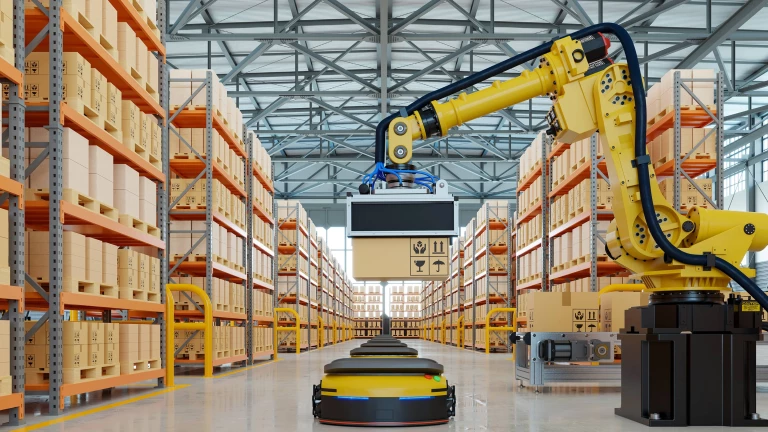
Harnessing the Tectonic Shifts in Global Manufacturing
Trade disruptions have prompted many global companies to shift where they produce and source goods. But getting the desired results requires a difficult balancing act.

Companies across the building materials industry are reorienting go-to-market strategies and adopting next-generation ways of working. BCG has the experience, experts, and global presence to help them succeed.
The building materials industry has long been concerned with cost and the bottom line. Although companies throughout the materials sector are still focused on costs, they’re now prioritizing their go-to-market strategies. Manufacturers, wholesalers, and suppliers are creating plans to reach customers with a value proposition that sets them apart from the competition, and to deliver products and services in a way that transcends shifting economic and market conditions.
Companies throughout the materials sector, for example, are using digital and next-generation sales practices, including remote go-to-market models. For producers, this new focus is reflected in the shift to building materials manufacturing methods that meet higher environmental, social, and governance standards.

BCG helped a building products manufacturer implement a lean manufacturing program that derived $100 million of value in just two years.

BCG helped a European building materials manufacturer roll out an integrated environmental, social, and corporate governance strategy that increased its value by $120 million; the company subsequently earned the top ESG rating in its industry subcategory, and saw a 1% lift in EBITDA margin.

BCG helped a building materials distributor implement a data analytics hub with an AI-based module that predicted potential “churners,” allowing sales reps to actively address clients at high risk of leaving and increasing recovered sales by 15%; improving retention also led to a 1% margin increase.
Our building materials industry work covers top business priorities such as commercial excellence, growth strategies, operational excellence, and organizational restructuring. We help companies that make or sell heavy building materials and light building materials unlock profitable growth through the digital transformation of their sales and building materials distribution capabilities.

Sylvain Duranton
BCG’s building materials consulting team collaborates with BCG X to help clients throughout the industry leverage the full power of advanced analytics and AI responsibly.
With a finger on the pulse of the latest trends in technology, intellectual property landscape, and venture capital developments, our building materials industry experts help our clients create lasting transformative business improvements.

Trade disruptions have prompted many global companies to shift where they produce and source goods. But getting the desired results requires a difficult balancing act.

Higher levels of automation and flexibility help manufacturers offset labor shortages while boosting service and safety.

Concrete, steel, aluminum, and chemicals—as well as the ships, planes, and trucks that move them—are building blocks of the global economy. But these sectors are also responsible for 30% of global greenhouse gas emissions. In order to drive change in these sectors, BCG has partnered with the World Economic Forum to deliver a series of decarbonization strategies for the Mission Possible Partnership.

Understanding the challenges can help other players in the circular economy.
BCG has a deep bench of building materials consulting experts who understand the industry players and their customers in construction and related businesses. Here are some of our experts on the topic.